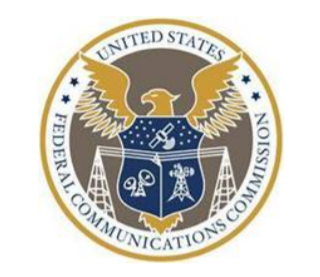A federal appeals court on Friday rejected a legal challenge to the FCC’s 2020 decision to reallocate much of the 5.9 GHz band spectrum set aside for auto safety to accommodate wireless devices. The auto safety industry fought the change to reallocate 60 percent of the band.
The spectrum was reserved in 1999, for automakers to develop technology to allow vehicles to communicate with each other to avoid crashes. But when it made the change, the FCC said the band was under-used, Inside Towers reported.
In 2019, the agency proposed keeping the upper 30 MHz of the 5.9 GHz band (5.895 to 5.925 GHz) for use by intelligent transportation systems and repurposing the lower 45 MHz for use by unlicensed devices such as WiFi routers. The FCC also proposed changing the technology that would be used by intelligent transportation systems. Vehicles would move away from “Dedicated Short-Range Communications” in which they do not send communications to cell towers. Instead, vehicles would start using Cellular Vehicle-to-Everything, or C-V2X communications in which they send transmissions to cell towers and other devices. The Commission voted to make the changes in 2020.
The Intelligent Transportation Society of America and the American Association of State Highway and Transportation Officials last year challenged the change in the U.S. Court of Appeals. On Friday, the District of Columbia Circuit for the U.S. Court of Appeals upheld the FCC’s decision.
According to the court decision, opponents argued this January before Circuit Court Judges Cornelia Pillard, Justin Walker, and Senior Circuit Court Judge Laurence Silberman that the FCC’s reallocation was “arbitrary and capricious.” They also asserted the agency failed to adequately explain its decision and unlawfully revoked or modified FCC licenses.
In the opinion written by Silberman, the court said the decision was not arbitrary and capricious and the Commission’s action “was well within bounds.” It also said the agency devoted 20 paragraphs of the order “to carefully considering the needs of intelligent transportation systems and to thoroughly explaining that the remaining 30 megahertz of the spectrum will support such systems.”
The court dismissed the appeal and denied the petitions for review.
NCTA-The Internet & Television Association, said the decision “is an enormous victory for American consumers” that “enables that important 5.9 GHz spectrum to provide consumers with even more reliable high-speed WiFi and access to next-generation automotive safety applications,” Reuters reported.
Former FCC Commissioner Michael O’Reilly called the decision great news. “Adding this 45 MHz to the U.S. unlicensed portfolio after a long, long fight. And we get to see what CV2X can bring to auto safety,” he tweeted.
The groups that challenged the FCC decision did not immediately comment Friday. In 2020, the U.S. Transportation Department said the FCC plan could endanger public safety. So too, did automakers. Yet major cable, telecom and content companies say the spectrum is essential to support growing WiFi use.
FCC Chair Jessica Rosenworcel said the decision “upholds the FCC’s broad authority to manage the nation’s airwaves in the public interest.” She said the decision, “recognizes that by allowing this spectrum to evolve we can advance newer safety technologies and grow our wireless economy.”
By Leslie Stimson, Inside Towers Washington Bureau Chief





Reader Interactions